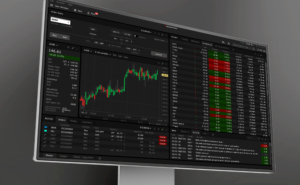Non-farm employment surged by 272k in May, well ahead of the consensus forecast calling for a more moderate gain of 185k. Job gains in the two prior months were revised slightly lower, subtracting a combined 15k from the previously reported figures.
Private payrolls rose 229k, with most of the gains concentrated in health care & social assistance (+83.5k), government (+43k), leisure & hospitality (+42k), and professional & business services (33k).
In the household survey, civilian employment (-408k) plummeted by more than the labor force (-250k), pushing the unemployment rate higher by 0.1 percentage points to 4.0% – a 28-month high. Meanwhile, the labor force participation rate dipped by 0.2 percentage points to 62.5%.
Average hourly earnings (AHE) were up 0.4%% month-on-month (m/m) – two-tenths stronger than April’s gain. On a twelve-month basis, AHE ticked up to 4.1% (from 4.0% in April), while the three-month annualized rate jumped by more than a percentage point and also sits at 4.1%.
Key Implications
Payroll growth defied expectations in May, coming in well above the consensus forecast. On a trend basis, job gains have averaged a still strong 249k over the past three-months. However, this pace of job growth is unlikely to be sustained indefinitely. By most other metrics, the labor market is already showing clear signs of cooling. Job openings have narrowed to a three-year low, the unemployment rate now sits at a 28-month high, and both the hire and quit rates are now holding steady below pre-pandemic levels after having trended lower over the past year.
The uptick in average hourly earnings will be something closely watched by Fed officials. Still elevated wage pressures are helping to sustain strong gains in service spending and are working against the Federal Reserve’s efforts to bring down inflation across the service sector. For that reason, we think it’s unlikely that the FOMC will be ready to start cutting rates before December – a view supported by current market pricing.









